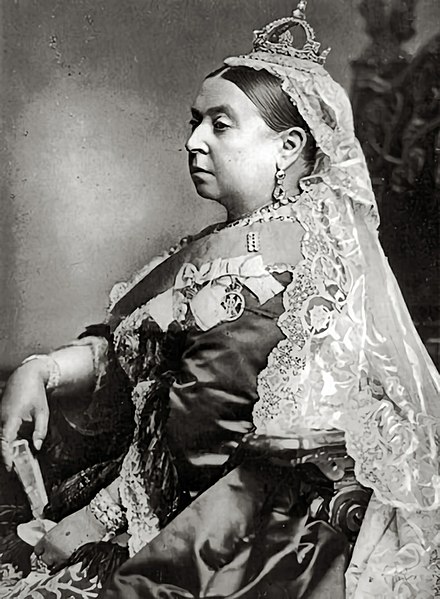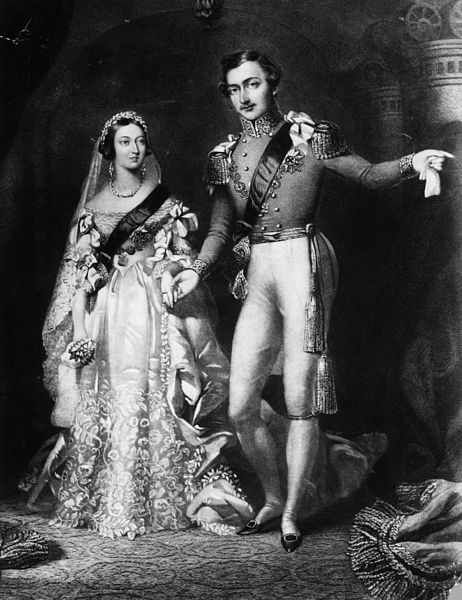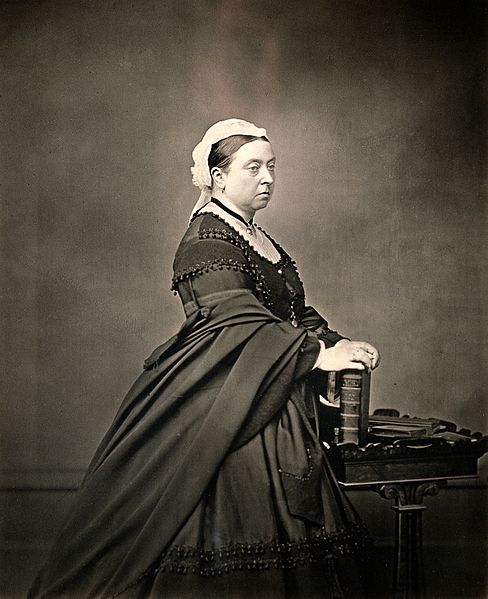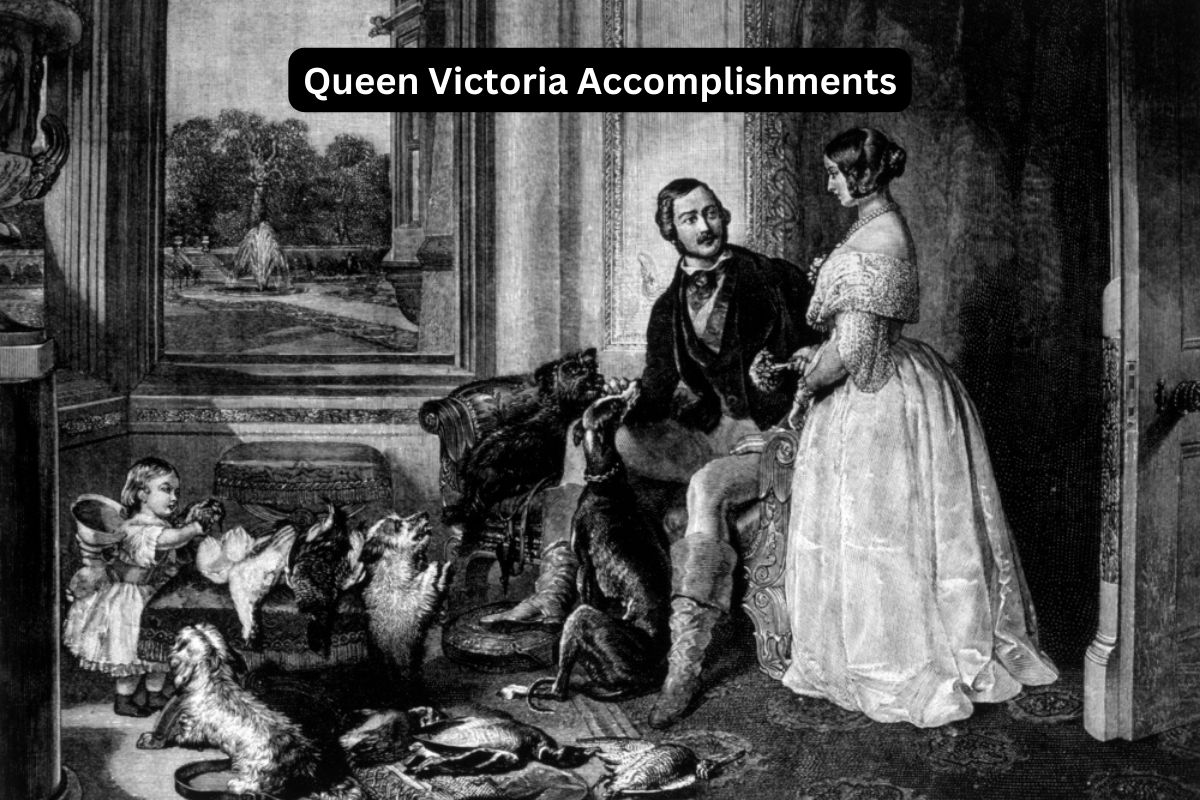Queen Victoria, whose reign spanned from 1837 to 1901, remains one of the most iconic figures in British history. Her long and influential rule coincided with a period of immense change, both in the United Kingdom and around the world.
In this article, we will delve into the life and accomplishments of Queen Victoria, exploring her role as the longest-reigning British monarch, her impact on the British Empire, her enduring influence on the Victorian Era, and her personal contributions to culture and society.
Accomplishments of Queen Victoria
1. Longest-reigning British monarch at the Time
Queen Victoria ascended to the throne in 1837 at the age of 18 and remained the reigning monarch for 63 years and 216 days until her death in 1901.
Her extended reign surpassed that of any previous British monarch, marking a period of significant stability and continuity in the United Kingdom.

2. Expansion of the British Empire
Queen Victoria presided over the British Empire during a time of unprecedented expansion. Her reign witnessed the acquisition of territories in Africa, Asia, and the Pacific, leading to the British Empire becoming the largest empire in history.
Also Read: Queen Victoria Timeline
The phrase “the sun never sets on the British Empire” was coined to emphasize the extent of British colonial holdings during her reign.
3. Victorian Era cultural influence
The Victorian Era, named after Queen Victoria, was characterized by a strong sense of morality, social reform, and cultural change. It saw advancements in literature, art, science, and technology.
Charles Dickens, Jane Austen, and the Brontë sisters were prominent authors of the period, and significant technological innovations, such as the telegraph and the railway, transformed society.
The Victorian Era also saw the rise of the middle class and a focus on values such as family, respectability, and self-improvement.
4. Marriage to Prince Albert
Queen Victoria married her first cousin, Prince Albert of Saxe-Coburg and Gotha, on February 10, 1840. Their marriage was a significant personal and political partnership. It was a love match, and their close relationship had a profound influence on Queen Victoria’s life and reign.
Also Read: Victorian Era Facts
Prince Albert was actively involved in advising her on matters of state, education, and culture, and he played a pivotal role in the modernization of the British monarchy.
Together, they had nine children, and their descendants are known as the “royal houses of Europe,” establishing important connections between European monarchies.

5. Popularized white wedding dresses
Queen Victoria’s choice to wear a white wedding dress for her marriage to Prince Albert set a trend that has endured to this day.
Prior to her wedding, brides wore dresses in a variety of colors, but her white gown, made of silk satin, sparked a fashion tradition that symbolizes purity and innocence. This tradition has become iconic in Western weddings, with white wedding dresses being the norm for brides around the world.
6. Great Exhibition of 1851
Queen Victoria and Prince Albert organized the Great Exhibition, also known as the Crystal Palace Exhibition, in London in 1851. The exhibition was a groundbreaking event that showcased technological and industrial innovations from around the world.
Housed in the Crystal Palace, a magnificent glass and iron structure, the exhibition displayed thousands of exhibits, including inventions, art, and cultural artifacts. It aimed to promote British industry and innovation while fostering international cooperation and understanding.
The Great Exhibition was a tremendous success, attracting millions of visitors and contributing to Britain’s reputation as an industrial and technological powerhouse.
7. Empowered the constitutional monarchy
Queen Victoria played a pivotal role in shaping the modern constitutional monarchy in Britain. While she did not have direct political power, she was actively engaged in government affairs.
She regularly reviewed government documents, met with her prime ministers, and offered her insights and advice. This active involvement helped to strengthen the monarchy’s role as a constitutional figurehead, providing stability and continuity to the British political system.
8. Political influence through advice
Queen Victoria’s influence on British politics was particularly evident in her relationship with her prime ministers. She worked with a total of 10 prime ministers during her reign, and her preferences and opinions often influenced their policies and decisions.
Notable prime ministers during her reign included Lord Melbourne, Sir Robert Peel, and William Gladstone. Her political engagement helped to shape government policies, especially in areas like foreign affairs and social reform.

9. Patronage of the arts and sciences
Queen Victoria was a patron of the arts and sciences. She supported and encouraged various artists, writers, and scientists of her time. Notably, she had a close friendship with the author Charles Dickens and enjoyed his works.
She also had a significant impact on literature and culture during the Victorian Era, inspiring and influencing many artists and writers of the period. Additionally, her support for scientific endeavors contributed to advancements in fields like medicine and technology.
10. Lasting cultural and societal impact
Queen Victoria’s reign left a lasting cultural and societal legacy known as the “Victorian values.” These values emphasized a sense of moral responsibility, family values, and a strict code of conduct.
The Victorian Era was characterized by a strong work ethic, respectability, and an emphasis on social order. Queen Victoria’s own family life, including her marriage to Prince Albert and their nine children, became a model for the middle-class family ideal of the time.
